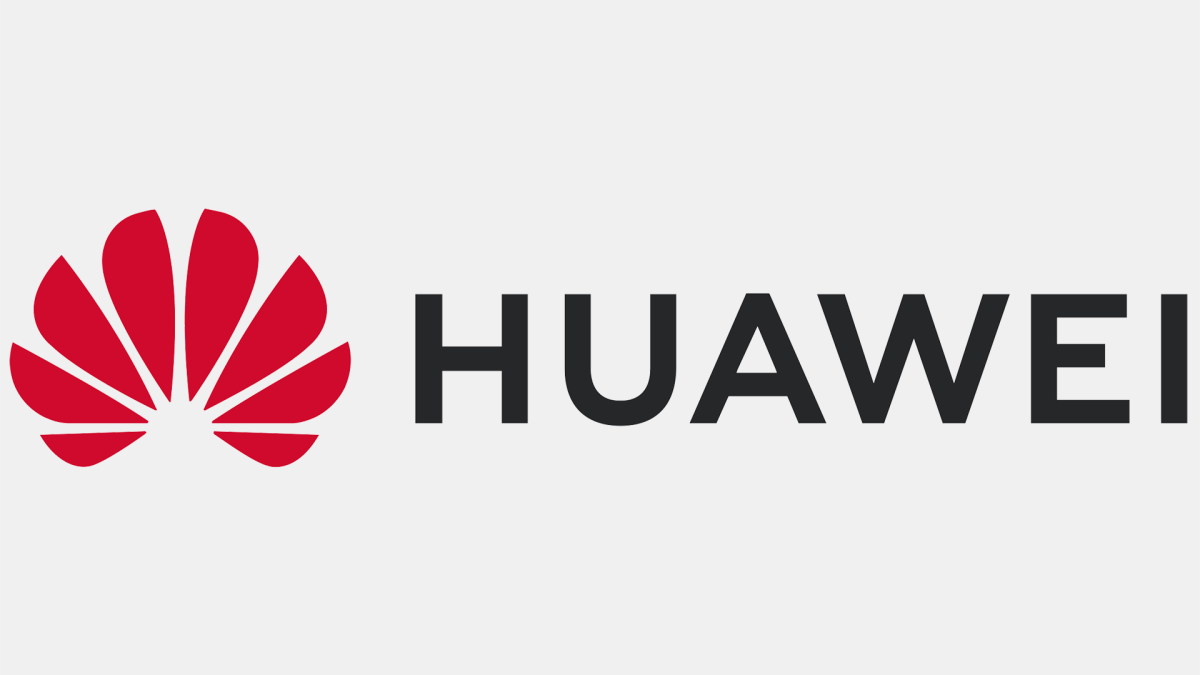Are they really 7nm chips tho? They do love to brand shit as other shit.
Wait until these end up in phones and have the power performance of 11nm stuff.
There are really 7nm chips that are designed using a different approach, but have similar characteristics. It’s kind amusing how people think that there’s something magical involved in making these types of chips that would prevent China from making them.
I think hes not questioning it because china, but because nm between different fabs isnt comparible. E.g. finfet nm isnt the true nm used by older definitions of what nm means, which is why intel for instance, changed their naming on its fab process to match the rest of the industry. (E.g “Intel 7” is actually a well processed 10nm traditional definition chip that has that name because its conparible to TSMC 7nm)
We’ll see what the performance is like when the chips start making their way to the market.
There is. The uv lithography that China cannot buy is literally the magic.
I literally linked an article explaining that China uses an alternative approach with chiplets. Maybe go read it. Also, it’s not like China can’t develop DUV themselves, or just hire people who already developed it to build it for them. There is no magic here.
Tell me you don’t understand modern chip manufacturing without saying you don’t understand modern chip manufacturing.
I guess we’ll find out who actually understands modern chip manufacturing when these phones come out won’t we mr. modern chip manufacturing understander.
I’ve already given my prediction. They’ll be marketed as 7nm and have the power/performance profiles of 11nm+
The article doesn’t really go into it but what’s a typical yield for chips like that? That’s great they’re on a smaller dye but if you’re trashing half of them it seems you’re not quite there yet.
It seems pretty poor, especially for 2023. This article from four years ago has TSMC touting an 80% yield rate on their new-at-the-time 5nm process. Still, the fact that Huawei is able to produce 7nm parts at all is something of a victory. Huawei is probably around five years behind TSMC at this point but may be able to close that gap over time.
If you’re trashing half of them, that’s just means fabrication is more expensive. This seems to be an acceptable cost for Huawei, and I imagine SMIC will get subsidies to offset the cost in the short term. The important part is that SMIC can now produce commercially viable 7nm chips domestically, and they’re only going to get better at doing it going forward.





